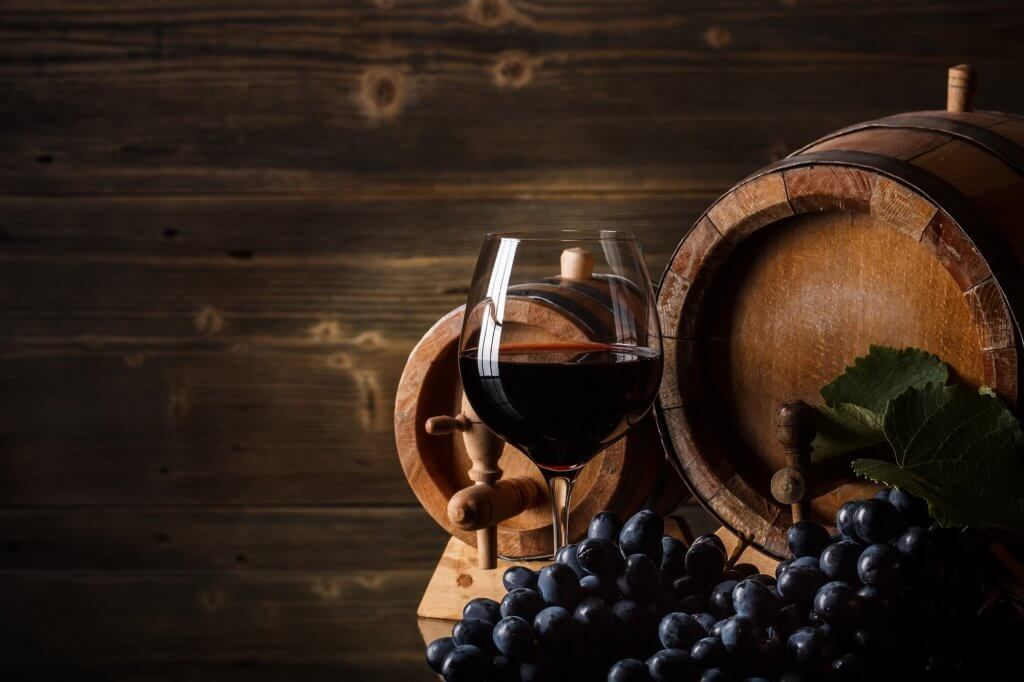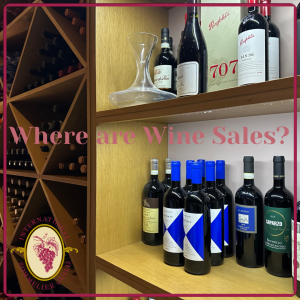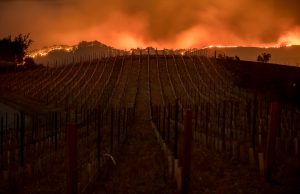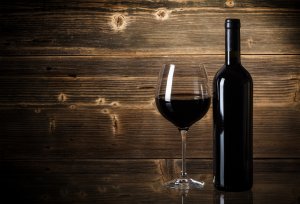The wine trade held its breath as the first premium, estate-bottled Chinese wine was released into the market. The 2013 Shangri-La Ayu Sun, with a staggering $360 price tag, had been building up a hype. It sold out overnight.
The Bordeaux blend, sourced from Yunnan Province grapes, is the work of the Louis Vuitton Moët Hennessy conglomerate. The group controls many iconic wine estates around the world, including Chateau d’Yquem, Cheval Blanc, and Dom Perignon. Premium is their standard.
LVMH planted the vines for Ayu Sun in high-altitude plots, at the foothills of the Himalayas. It took four years to find the ideal site, but their objective was explicit: To create a bottle of wine that could contend with the world’s finest.
Ayu Sun means “Flying above the clouds,” and the name not only refers to the vineyards, at over 2,000 meters in elevation but to the high expectations set.
The grapes are hand-picked, from 30 hectares of vineyards. This is a Cabernet Sauvignon and Cabernet Franc blend, vinified in the true, modern Bordeaux style.
The lucky few that tried the wine backed it with good reviews and high scores. “The appearance and nose were unequivocally 100% Pauillac 1st growth. Only once tasted could you tell right away it was not”, states J. Mortenson, in charge of Information & Administration for the International Sommelier Guild. He further stated “had the wine been at $170.00 this would have been a steal but more importantly this should be a wake up call to the Bordeaux market going forward”.
The wine is not a Bordeaux 1st growth; it’s the Shangri-La. The 1973 Stag’s Leap Wine Cellars Cabernet tasted different from the 1970 Château Mouton-Rothschild at the Judgment of Paris competition; it didn’t taste like a Bordeaux, it was better.
Will Chinese wine share the same fate as the pioneering California winemakers? It appears so, and as wine regions around China develop, and overseas investment continues to flow, the sky is the limit.
China is a dynamic market. The new generation is curious and keen to learn more about wine. Imports and local production are not only rising in quantity but quality.
It’s not a question of if China will produce premium wine, but if there will be enough to go around. How much is the western world prepared to pay for a Ninxia 1st growth or a golden Chinese ice wine?
How safe are foreign investments in a well-known, hot-tempered country? Will trade laws and international agreements be respected? Will Chinese producers cater to the western palate, or will they find their voice? How will winemakers tackle the counterfeit problem in the country?
Many questions remain unanswered, but one thing is for sure. Chinese premium wine is here, and it’s just going to get better.







